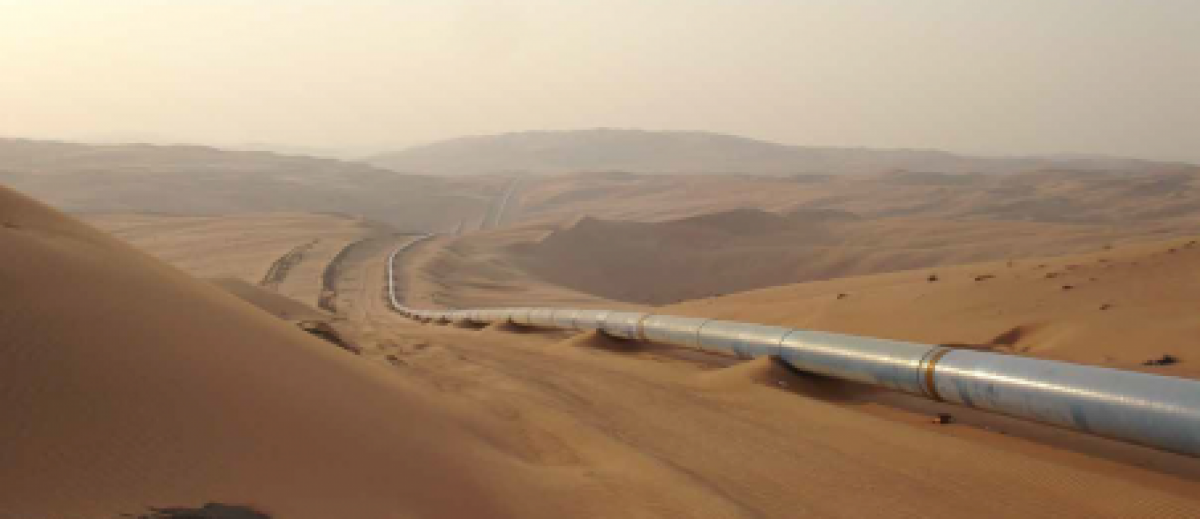PHMSA on July 2 released a Notice of Proposed Rulemaking for Updates to Pipeline and Liquefied Natural Gas Reporting Requirements.
The proposed rule makes numerous changes for annual, incident and safety related condition reports for gas, hazardous liquid and LNG operators. Key features include:
- Changes to the definition of “incident” in 191.3. Two additional criteria for incident are added; a volumetric loss of 3,000 MCF and “explosion or fire not intentionally set by the operator.”
- A requirement to submit all reports to PHMSA electronically, including safety related condition reports and offshore pipeline condition reports.
- Require LNG operators to submit incident and annual reports.
- Modifying hazardous liquid telephonic notification requirements.
The proposed rule can be found in the docket at http://www.regulations.gov/fdmspublic/component/main?main=DocketDetail&d=PHMSA-2008-0291
We’ll have more discussion on this proposed rule in the coming days.
